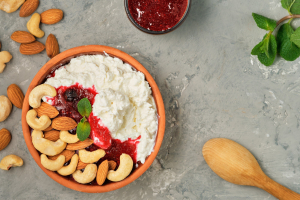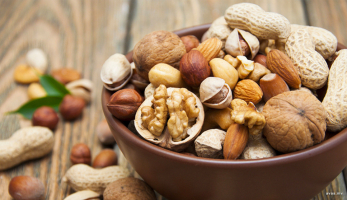Top 5 Best Flour Options for Diabetes
Finding healthful low-carb recipes might be difficult if you have diabetes. One of the simplest and most effective ways to make foods diabetic-friendly is to ... read more...modify recipes to match your needs. Sometimes, this requires substituting low-carb ingredients for high-carb ones, such as white flour. Fortunately, there are some flour types that are good for diabetics. Here are some of the best flour options for diabetics that you can refer to add to your recipe!
-
Almond flour is a food with a low glycemic index, which is a measurement of how much certain foods impact blood sugar levels. Almond flour has fewer sugars and carbs than wheat flour. Making the switch to almond flour can help diabetics better control their blood sugar levels.
Almond flour is a gluten-free alternative to regular flour made from finely crushed almonds. It's strong in protein, fiber, and heart-healthy fats. It has a mild, nutty flavor and may be substituted for wheat flour in a variety of recipes, including muffins, cookies, bread, and biscuits. However, because it's gluten-free, foods may have a denser texture. Gluten is the protein that gives dough its elasticity and helps baked goods rise. 1 cup almond flour may usually be substituted for 1 cup regular flour. Although almond flour is a beneficial ingredient, it is still made with nuts, which have high-calorie content. Almond flour provides roughly half as many calories as wheat flour in the same amount of volume. You may avoid consuming too many calories by controlling your quantities and restricting servings to a quarter cup or less.
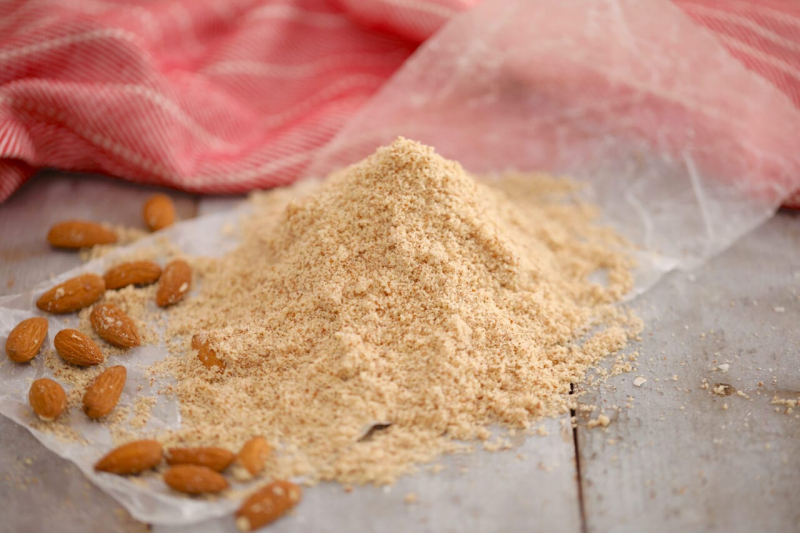
Almond flour 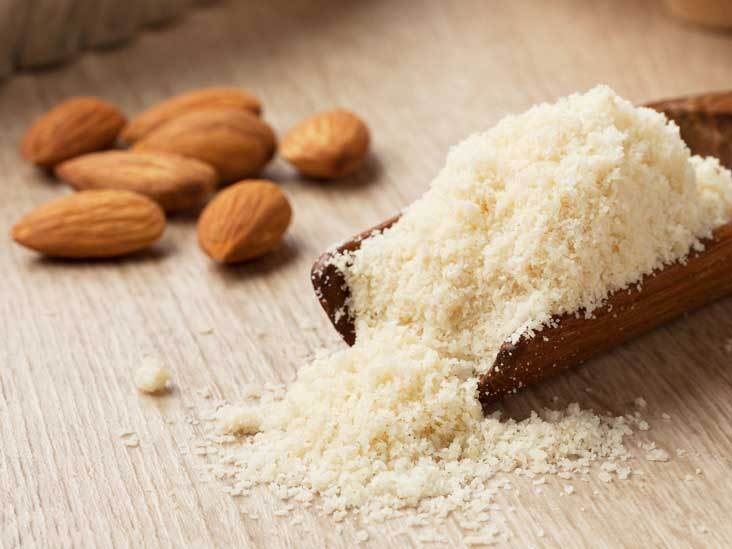
Almond flour -
Coconut flour is a type of flour that is made from dried and powdered coconut meat. It is high in dietary fiber, which can help decrease cholesterol levels and reduce the risk of heart disease. It is beneficial to those with diabetes since it is low in carbohydrates like wheat and corn, and it has a modest effect on blood glucose levels.
Because of having fewer carbohydrates and more fiber than regular flour, coconut flour helps to slow sugar absorption in the circulation and support improved blood sugar control. It's also gluten-free, making it a great choice for those with celiac disease, an autoimmune illness that's more common among persons with type 1 diabetes. Coconut flour is also high in protein, which keeps you fuller for longer and is necessary for cell repair and growth. This flour has a mildly sweet flavor and may be used in a wide range of recipes, including cakes, cookies, muffins, brownies, and bread. If you use coconut flour instead of wheat flour, make sure to adjust your recipes accordingly, since it absorbs more liquid and can result in a dry, gritty texture.
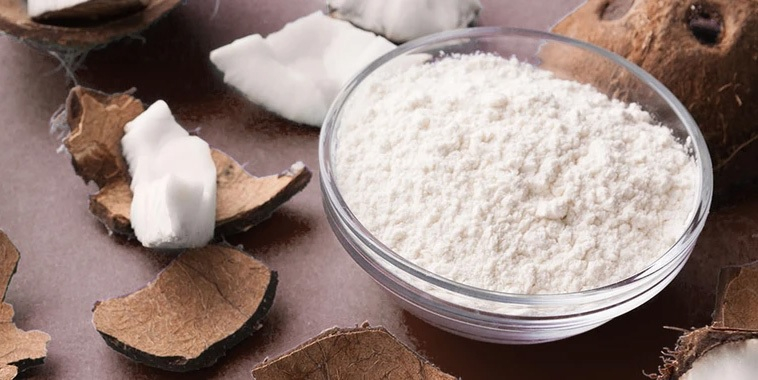
Coconut flour 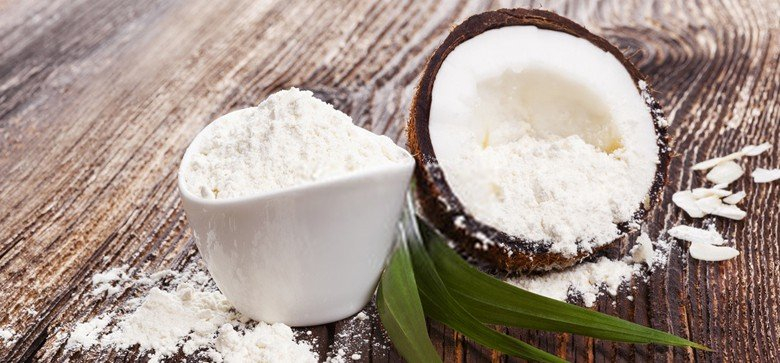
Coconut flour -
Chickpea flour, also known as chana atta, is a soluble fiber that lowers blood cholesterol levels while also helping in the slow absorption of sugar into the circulation, leading blood sugar levels to rise slowly. It is a common flour alternative for diabetics, made from dried garbanzo beans that have been crushed into a fine powder.
Chickpea flour is high in protein content, which may help in the prevention of insulin resistance, a condition that inhibits your body's ability to effectively manage blood sugar levels. It has a rich, nutty flavor that works well in sweet and savory dishes like as fritters, flatbreads, pancakes, and cookies. It also has a dense texture and excellent binding properties, making it a suitable gluten-free and vegan alternative to wheat flour. You'll need somewhat less chickpea flour if you replace around half of the regular flour with chickpea flour.
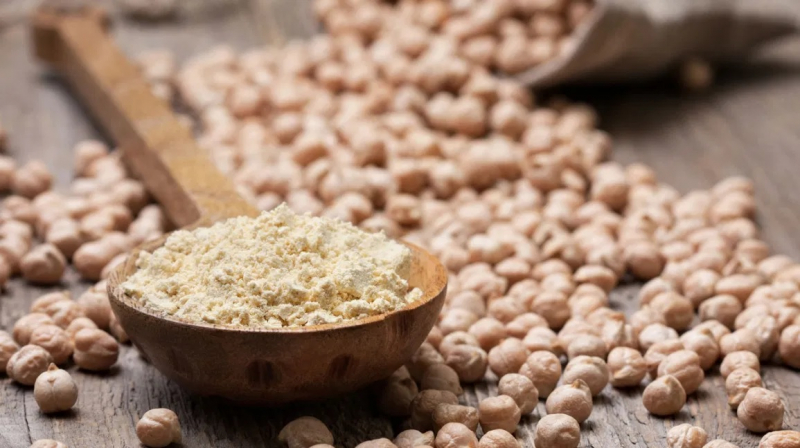
Chickpea flour 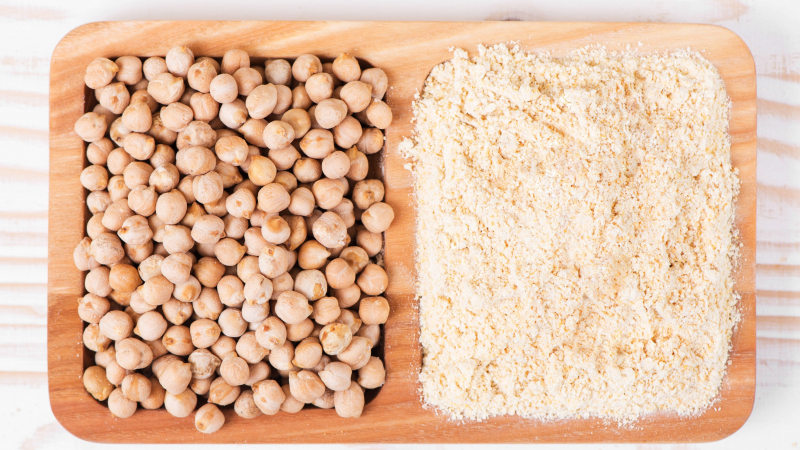
Chickpea flour -
Oatmeal has a long list of health benefits and may be a great go-to snack for diabetics if portion sizes are kept in check. Cooked oatmeal has about 30 grams of carbohydrates per cup, making it a good meal option for diabetics.
Oat flour is a popular whole grain flour that is made by grinding rolled oats until they are powdery. Oat flour is a good source of fiber and protein, but it also includes beta-glucan, a kind of fiber that has been found to help diabetics lower their blood sugar levels. Oat flour has a mild, nutty taste that softens baked foods while giving a chewy, unique texture. Oat flour may be substituted for white flour in most recipes, including cookies, bread, muffins, and pancakes. When replacing oat flour with regular flour, you may need to use a little more. For each cup of regular flour, you'll need to substitute around 1/3 cup of oat flour.
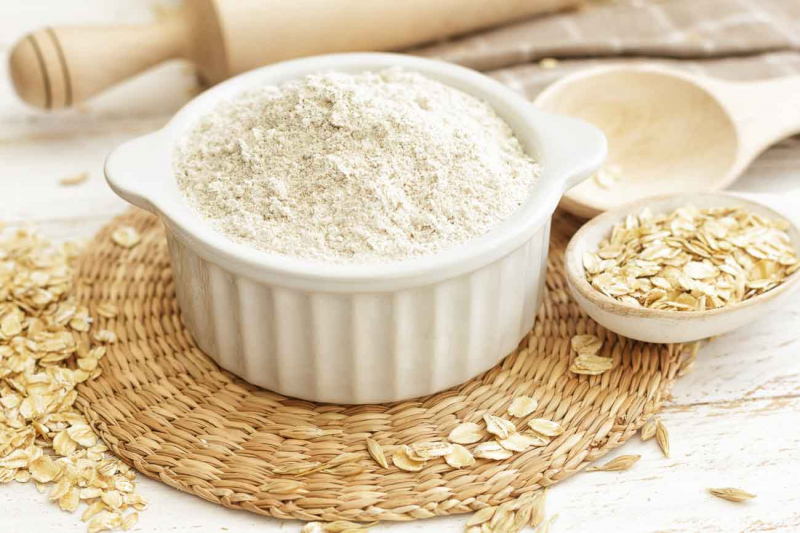
Oat flour 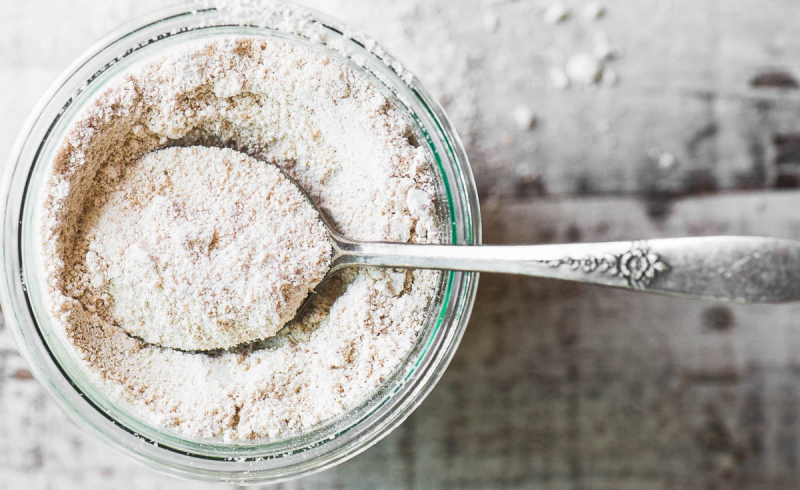
Oat flour -
Spelt is a good source of fiber since it is whole grain. Fiber slows digestion, which helps to prevent blood sugar rises after meals. People can benefit greatly from eating the whole spelt. In addition to the benefits such as being a great source of carbohydrates, protein, fiber, and other necessary nutrients, spelt is also beneficial in reducing the risk of stroke, heart attack, type 2 diabetes, and some cancers.
Spelt flour is made from spelt, which is a type of ancient grain related to wheat. It's high in fiber, which might help keep blood sugar levels stable after meals. Spelt flour has a mildly sweet taste and a light texture that allows it to be used in recipes without adding weight. Bread, tortillas, muffins, and biscuits all benefit from using it as a flour substitute. In most cases, spelt flour may be used in place of regular flour in a 1:1 ratio.
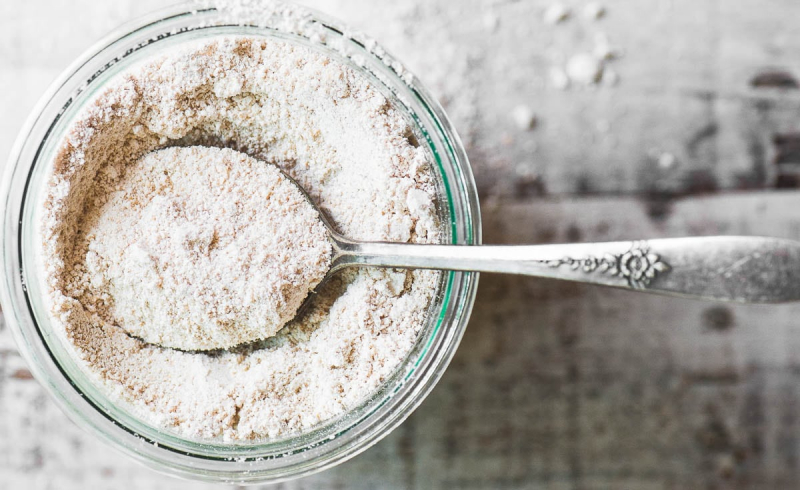
Spelt flour 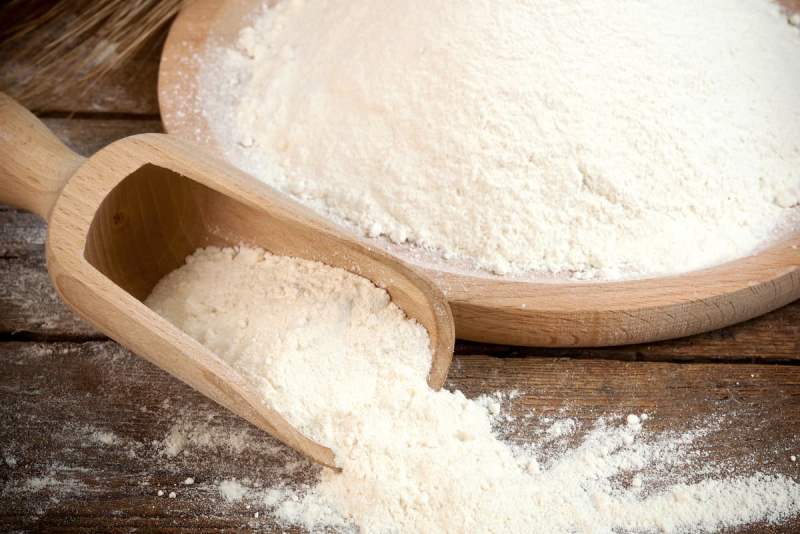
Spelt flour







